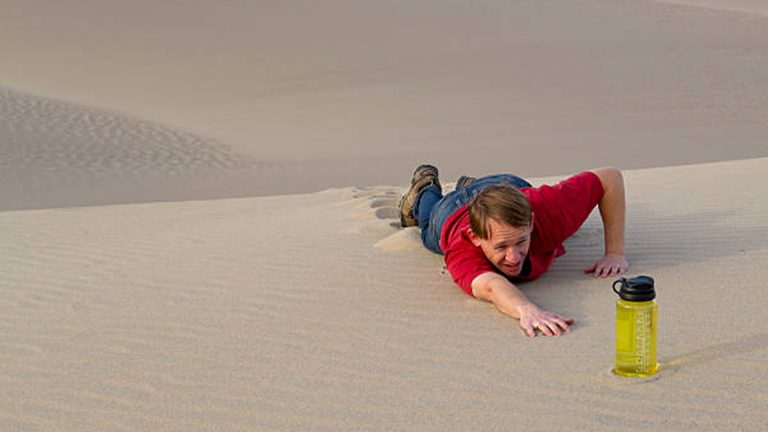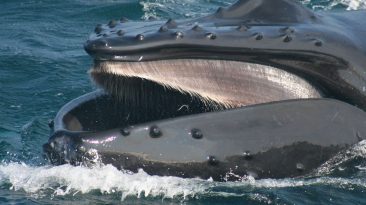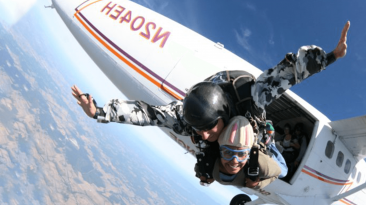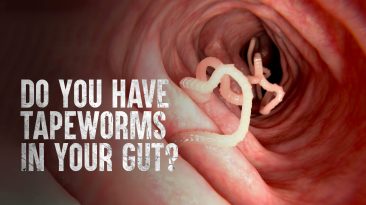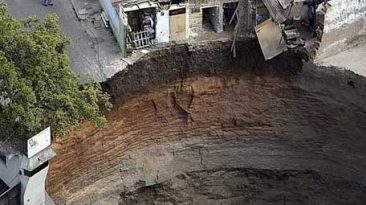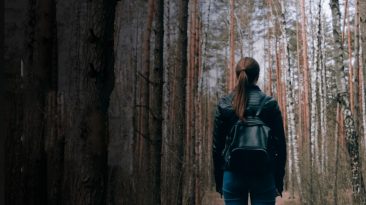We cannot live without water for very long. The exact amount of time depends on many factors, such as your age, health, and the environment you’re in. What does activity level have to do with your survival?
How will your diet help or hurt you? Why could your sex be an advantage?
A lot of people are afraid of being alone. And being stranded in some isolated, unfamiliar place is even worse. What can you do to survive?
Step 1. Find Shelter
Protecting yourself from the dangers of nature is key to your survival. This means you need to find shelter from the dangerous elements, whether it be cold, heat, rain, or snow. Use whatever you have with you to shield yourself from the environment, whether it be extra tarp or nearby logs. Without protection, you’re at risk of becoming one of the 1,028 people in the U.S. who die from exposure to cold or heat each year.
Step 2. Remember the Rule of Threes
You may not have had Boy Scout or Girl Guide training, but hopefully you’ll remember this: the survival Rule of Threes. A person can survive for three minutes without oxygen or in icy water. A person can survive for three hours without shelter in a harsh environment. Luckily, you are in the great outdoors with no shortage of fresh air and seasonable weather. So if you have found shelter, and the climate is not extreme, it’s the final rule of 3 that is your biggest concern. A person can survive for three days without water, and three weeks without food.
Step 3. Find Water
So remember, finding or making shelter comes first. But after you have shelter, you need to find drinkable water. Water makes up 60 percent of an adult’s body weight. So, an adult human needs to drink at least 1.5 liters (1.3 quarts) of water to stay healthy. A 56-year-old woman found that out when she and her husband were stranded in the Nevada wilderness after their vehicle became stuck in mud. Her husband left to find help, but he never came back. Rita survived by staying in the vehicle, and eating what little trail mix and food she had. And she stayed hydrated by eating melted snow.
Step 4. Food is Not Your Priority
Yup, your last priority is food. Your body has stored fat and calories to burn for the first couple of hours and, potentially, days. If your body has not had food for eight to 12 hours, its glucose storage will be depleted, so you’ll begin to use amino acids to provide energy. This process affects the muscles, and can continue for about three days. Then your metabolism will change to preserve lean body tissue. To prevent excessive muscle loss, the body starts to rely on its fat stores to create ketones for energy. This results in major weight loss.
Oh, I almost forgot to tell you about sex. Sorry guys, but the ladies have an advantage this time. Females naturally store more fat on their bodies, and that will help them to survive longer without food.
Step 5. Nature’s Creatures are Not Always Edible
If weather allows it, you can begin to forage through nature for food. As a general rule of thumb, you can eat insects such as ants, termites, grasshoppers, or crickets. Yum. But you should avoid eating spiders. And anything with bright colors could be dangerous to eat. If you catch something that has more than six legs, you should probably go looking for plants instead. The average person will find it difficult to locate safe plants to eat, but if you are knowledgeable, this could be your time to dine on nature’s salad buffet.
Step 6. Try to Rest
Remember, your body needs time to recover and balance its energy consumption, so resting and getting a good night’s sleep is essential for surviving. It is important that your shelter protects you from nature’s fury so you can get that desperately needed shut-eye. This is why finding shelter is your first priority when you’re stranded.
Sources
- “Wilderness Survival Rules Of 3 – Air, Shelter, Water & Food”. 2020. backcountrychronicles.com.
- “The Newly Updated ‘Rule Of Threes’ | Survivopedia”. Prepper, Cache. 2020. Survivopedia.
- “The True Story Of A Man Who Survived Without Any Food For 382 Days”. Kevin Loria, Business Insider. 2020. Sciencealert.
- “Stranded B.C. woman ‘doing remarkably well'”. 2011. CBC.
- “How Long Can You Live Without Food? Effects Of Starvation”. 2020. Healthline.
- “How Long Can You Live Without Water? Effects Of Dehydration”. 2020. Healthline.


